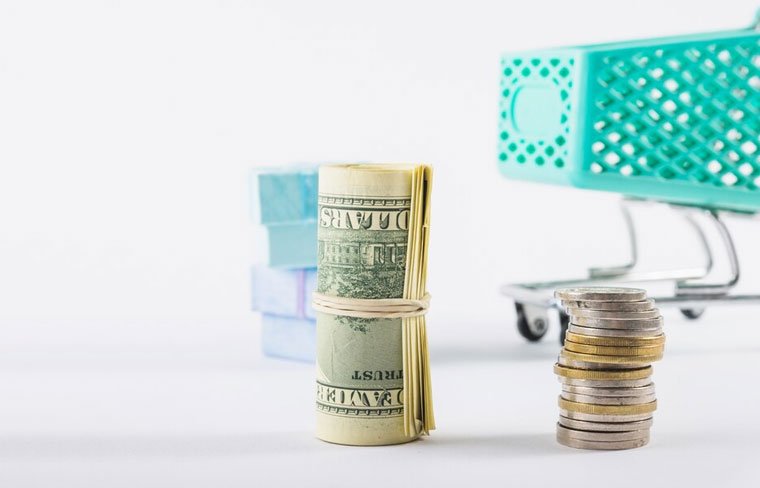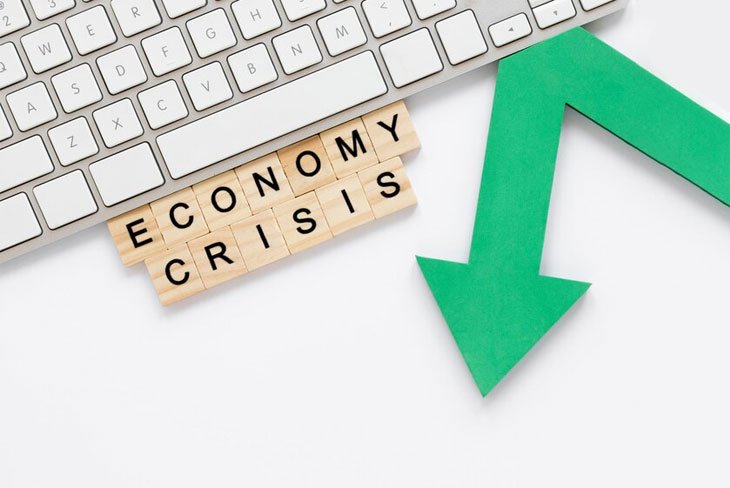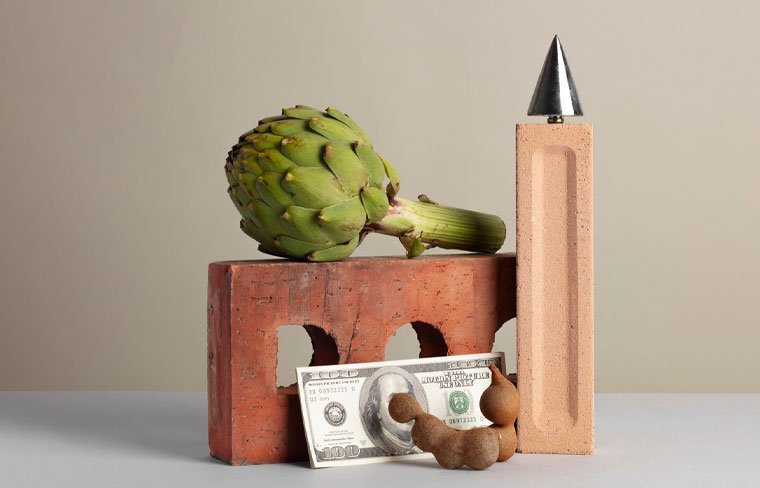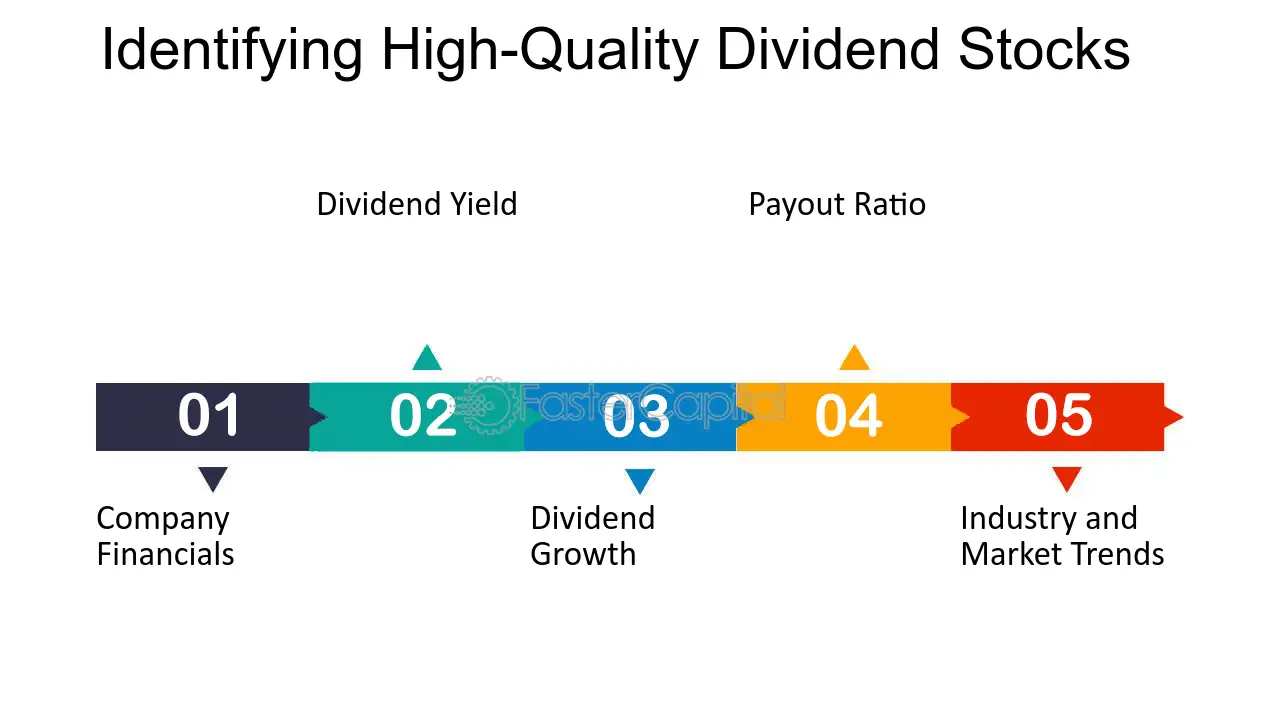
How prepared are you for life’s unexpected financial challenges? Did you know that 56% of Americans couldn’t cover a $1,000 emergency expense from their savings, according to a 2022 Bankrate survey? This startling statistic highlights the critical need for a robust emergency fund.
In today’s article, we’ll explore how to build an emergency fund in just 6 months, providing you with a practical roadmap to financial security.
Introduction
Financial stability is a goal many strive for, yet few achieve. At the heart of this stability lies a well-funded emergency savings account. This financial cushion serves as a buffer against unexpected expenses, job loss, or other financial setbacks. However, building such a fund can seem daunting, especially when faced with daily financial pressures.
This article aims to provide a comprehensive guide on how to build an emergency fund in 6 months. With a solid plan and disciplined approach, creating this financial safety net is not only possible but achievable for most individuals. By following the steps outlined in this guide, readers will gain the knowledge and tools necessary to secure their financial future.
Understanding Emergency Funds
An emergency fund is a dedicated savings account set aside for unexpected expenses or financial emergencies. Its primary purpose is to provide a financial buffer, allowing individuals to handle unforeseen circumstances without resorting to high-interest debt or compromising their long-term financial goals.
The benefits of having an emergency fund are numerous. It provides peace of mind, reduces financial stress, and offers protection against unexpected job loss or medical expenses. Moreover, it prevents the need to rely on credit cards or loans during emergencies, which can lead to a cycle of debt.
However, many people make common mistakes when attempting to build an emergency fund. These errors include setting unrealistic savings goals, failing to prioritize emergency savings, or using the fund for non-emergency expenses. Some individuals also make the mistake of keeping their emergency fund in a low-yield savings account, missing out on potential interest earnings.
To illustrate the importance of emergency funds, consider the following data:
| Statistic | Value |
|---|---|
| Percentage of Americans who can’t cover a $1,000 emergency | 56% |
| Average cost of an emergency room visit | $1,389 |
| Median cost of car repairs | $500 |
| Average cost of home repairs | $3,000 – $5,000 |
These figures underscore the necessity of having a robust emergency fund to handle life’s unexpected expenses.
Assessing Your Financial Situation
Before embarking on the journey to build an emergency fund, it’s crucial to assess your current financial situation. This assessment begins with calculating your net worth and income. Net worth is the difference between your assets (what you own) and liabilities (what you owe). To calculate this, list all your assets, including savings accounts, investments, and property values. Then, subtract your total debts, such as mortgages, car loans, and credit card balances.
Next, identify your monthly income sources. This includes your primary job, any side hustles, investment income, or other regular payments you receive. Once you have a clear picture of your income, it’s time to examine your expenses. Track all your spending for a month, categorizing each expense as essential (needs) or non-essential (wants). This process will help you identify areas where you can potentially cut back.
Determining your emergency fund goal is the final step in this assessment. Financial experts typically recommend saving 3-6 months’ worth of living expenses. However, this amount can vary based on individual circumstances. Factors to consider include job security, health status, and financial obligations. For example, someone with a stable job and good health insurance might aim for 3 months of expenses, while a freelancer with a variable income might target 6 months or more.
Creating a Budget for Emergency Fund Savings
With a clear understanding of your financial situation, the next step is to create a budget that prioritizes emergency fund savings. One popular method is the 50/30/20 budget rule. This guideline suggests allocating 50% of your after-tax income to needs, 30% to wants, and 20% to savings and debt repayment.
To apply this rule to emergency fund savings, consider the following breakdown:
| Category | Percentage | Description |
|---|---|---|
| Needs | 50% | Essential expenses like housing, food, utilities |
| Wants | 30% | Non-essential expenses like entertainment, dining out |
| Savings/Debt | 20% | Emergency fund savings, debt repayment, retirement contributions |
Within the savings category, prioritize your emergency fund until you reach your goal. This might mean temporarily reducing other savings goals or debt repayments beyond the minimum required.
Allocating a portion of your income towards savings is crucial. Start by setting aside a fixed percentage of your income, even if it’s small. As you become more comfortable with your budget, gradually increase this percentage. Remember, consistency is key when building an emergency fund.
To make this process more manageable, break down your 6-month savings goal into weekly or monthly targets. For example, if your goal is to save $6,000 in 6 months, aim to save $1,000 per month or $250 per week. This approach makes the goal less overwhelming and allows you to track your progress more easily.
Increasing Income for Faster Savings
While budgeting and cutting expenses are important, increasing your income can significantly accelerate your emergency fund savings. There are several ways to boost your earnings:
- Side hustles and freelance work: Leverage your skills to earn extra income. This could involve freelance writing, graphic design, tutoring, or driving for ride-sharing services. Websites like Upwork, Fiverr, and TaskRabbit offer platforms to find freelance opportunities.
- Selling unwanted items or assets: Go through your belongings and identify items you no longer need or use. Sell these items on platforms like eBay, Facebook Marketplace, or local consignment shops. Not only does this generate extra cash, but it also declutters your living space.
- Asking for a raise at work: If you’ve been performing well at your job, consider asking for a raise. Prepare a case highlighting your accomplishments and value to the company. Even a small increase in your regular income can make a significant difference in your savings over time.
- Taking on overtime or additional shifts: If your job offers overtime opportunities, consider taking advantage of them. The extra pay can be directed straight into your emergency fund.
- Monetizing a hobby: Turn your passion into profit. Whether it’s photography, crafting, or baking, there may be opportunities to earn money from your hobbies.
Remember, any extra income should be primarily directed towards your emergency fund savings. This focused approach will help you reach your goal faster.
Reducing Expenses for More Savings
While increasing income is beneficial, reducing expenses is equally important in freeing up money for your emergency fund. Here are some strategies to cut back on unnecessary expenses:
- Review and cancel unused subscriptions: Go through your bank and credit card statements to identify recurring charges for services you rarely use. Cancel these subscriptions to free up money for savings.
- Negotiate bills and subscriptions: For services you want to keep, try negotiating better rates. This includes cable, internet, phone plans, and even insurance premiums. Many companies offer discounts or promotions to retain customers.
- Find ways to save on everyday expenses: Look for opportunities to reduce daily costs. This might include meal planning to reduce food waste, using coupons for groceries, or carpooling to save on transportation costs.
- Energy efficiency: Implement energy-saving measures at home. This could include using LED bulbs, adjusting your thermostat, or fixing leaky faucets. These small changes can lead to significant savings on utility bills over time.
- Comparison shopping: Before making any significant purchase, compare prices across different retailers. Use price comparison websites or apps to ensure you’re getting the best deal.
- Reduce entertainment costs: Look for free or low-cost entertainment options in your area. This might include free days at museums, community events, or outdoor activities.
By implementing these strategies, you can redirect more money towards your emergency fund savings. Remember, every dollar saved is a dollar closer to your goal.
Automating Your Savings
One of the most effective ways to ensure consistent contributions to your emergency fund is through automation. By setting up automatic transfers, you remove the temptation to spend the money elsewhere and make saving a habit rather than a choice.
Here’s how to automate your savings:
- Set up automatic transfers: Arrange with your bank to automatically transfer a set amount from your checking account to your emergency fund savings account each payday. This ensures that saving happens before you have a chance to spend the money.
- Use separate savings accounts: Keep your emergency fund in a separate high-yield savings account. This separation makes it less tempting to dip into the fund for non-emergency expenses and allows you to earn more interest on your savings.
- Avoid unnecessary withdrawals: Treat your emergency fund as off-limits except for true emergencies. Define what constitutes an emergency beforehand to avoid the temptation of using the fund for non-essential expenses.
- Round-up savings apps: Consider using apps that round up your purchases to the nearest dollar and save the difference. While these small amounts may seem insignificant, they can add up over time.
By automating your savings, you’re more likely to stick to your plan and reach your emergency fund goal within the 6-month timeframe.
Staying Motivated and on Track
Building an emergency fund requires discipline and persistence. To stay motivated throughout the 6-month journey, consider these strategies:
- Break down the goal into smaller milestones: Instead of focusing solely on the end goal, set smaller, monthly, or even weekly targets. Celebrate each milestone as you reach it.
- Visualize your progress: Use a visual aid like a savings thermometer or a spreadsheet to track your progress. Seeing your fund grow can be a powerful motivator.
- Find accountability and support: Share your goal with a trusted friend or family member who can offer encouragement and check in on your progress. You might even find a savings buddy to motivate each other.
- Remind yourself of the ‘why’: Keep the reasons for building your emergency fund at the forefront of your mind. Whether it’s for peace of mind or financial security, remembering your motivation can help you stay on track.
- Reward yourself: Set up a small reward system for reaching your milestones. These rewards should be budget-friendly but meaningful to you.
Remember, building an emergency fund is a marathon, not a sprint. Stay committed to your plan, and don’t get discouraged by temporary setbacks.
Conclusion
Building an emergency fund in 6 months is an achievable goal with the right plan and mindset. By understanding the importance of emergency funds, assessing your financial situation, creating a budget, increasing income, reducing expenses, automating savings, and staying motivated, you can create a financial safety net that provides peace of mind and security.
Remember, the journey to financial stability starts with a single step. Begin today by implementing these strategies and committing to your 6-month plan. Your future self will thank you for the financial security and peace of mind that comes with a well-funded emergency savings account.














